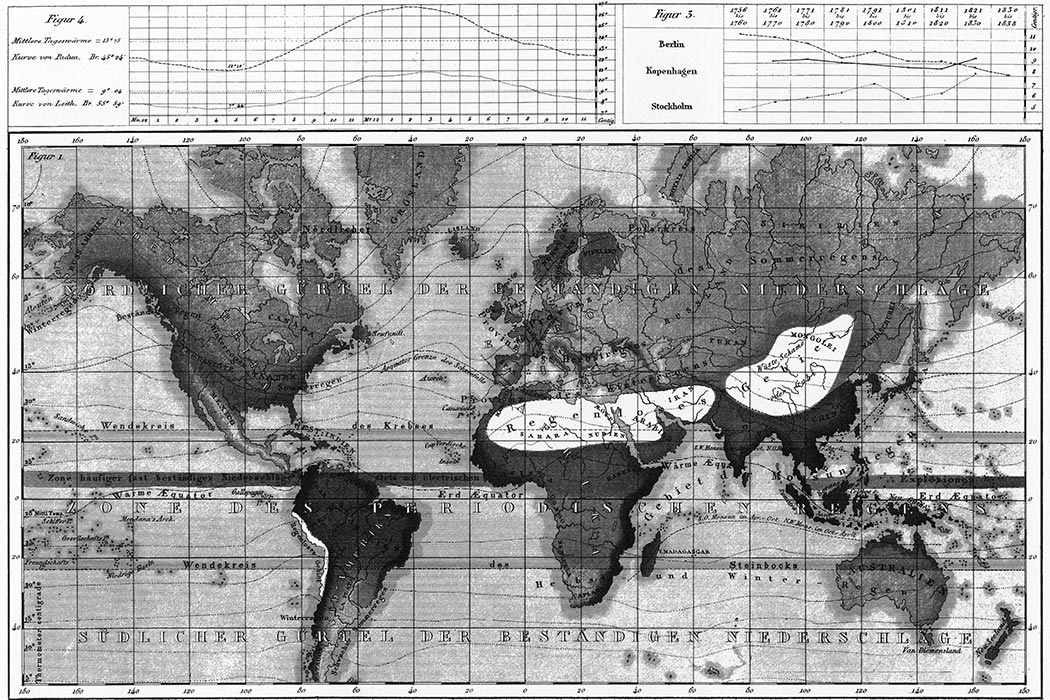Many people on the East Coast of the United States are rejoicing. It’s the beginning of January, yet in some places temperatures have been in the high 60s, a nearly unheard-of phenomenon this time of year. But while the average New Yorker might see a cause for celebration, the rising temperatures have had a negative effect on one specific group: retailers.
“For the first 10 years of our business, we never even paid attention to the weather. It always just got cold,” Stuart Greenberg, a seller of luxury furs, told the New York Times. This month alone, sales at his business, Corniche Furs, have fallen 30%. Macy’s, Nordstrom’s, and J. Crew are among the national businesses that have also suffered, each blaming warm temperatures for their less than expected success these past few months.
Complaining over the weather is not new, but the science of studying the weather, and its effects on business, is fairly recent. In 1920, Thomas Arthur Blair of the U.S. Weather Service wrote that, finally, “now-a-days, the mathematicians are doing something”—that is, meteorology. They are “hitching the weather to the engine of a formula, measuring it with the yardstick of an equation, and weighing it in the balances of a co-efficient. They can tell how many million dollars a half inch of rain on the fifth of August will add to the corn crop of Ohio; how many additional automobiles the farmers can purchase as a result of a week of warm weather while the wheat heads are filling; and how much smaller the world’s supply of cotton will be because of an August drought in Georgia.” Meteorology, then, was “the newest of the sciences,” though “still in its infancy.”
So how did the field develop? Blair credits much of the math to Professor Karl Pearson in England, who applied the use of early biology equations. In the United States, J. Warren Smith of the Weather Bureau began working on these questions in Ohio several years earlier. Some of his findings: The corn yield in Ohio depends largely on the rain in June, July, and August, with only two inches of rain adding $35 million (in those days) worth of corn. Smith helped pioneer the idea of “critical periods,” or the short window of time when more rain (or sunshine, or some other metric like temperature) will yield the highest return on future crops.
Around this time, economists were also starting to use statistical methods to predict yield. Although cotton’s price, as shown on the New York Cotton Exchange, fluctuated daily, a “well-known American economist” discovered that he could make the most accurate total yield predictions—more accurate than those of the government crop reports—by analyzing the average weather conditions from May to August. Another development was using frequency curves for weather. Previously, weather conditions had been averaged in climate tables, but a frequency curve was far more accurate and provided certain details the tables missed.
It was now possible to predict when the crops would have a bumper year or a poor one, which led to the development of so-called “weather insurance”—something that, given the volatile temperatures lately, might have been helpful for the East Coast businesses struggling to profit from the recent weather patterns.







